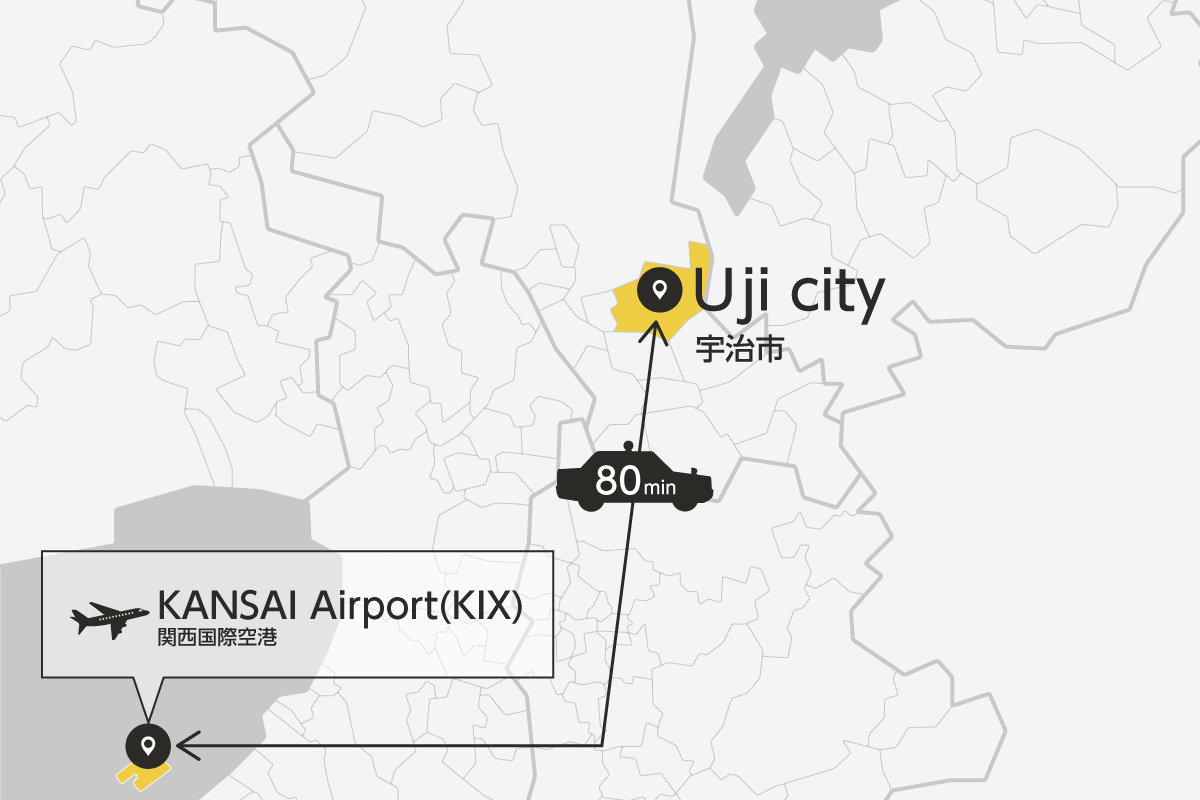Description
Kansai Airport and Himeji City Private Transfer SERVICE AREA
LANDMARKS for KANSAI Airport and Himeji City Private transfer
- Himeji Castle (姫路城)
- Engyoji Temple (圓教寺)
- Koko-en Garden (好古園)
- Himeji Central Park (姫路セントラルパーク)
About Himeji Castle
Himeji Castle, located in Himeji City, Hyogo Prefecture, is considered one of the most beautiful castles in Japan. It is also known as the “White Egret Castle” because of its refined white appearance, which resembles the elegant posture of a white egret.
Construction of Himeji Castle began in 1609, and after several renovations, it took on its present form. The castle’s exterior is not only aesthetically pleasing but also designed for defense. Its complex maze-like structure, high stone walls, and moat were all utilized to protect the castle from attacks.
Of particular note is the white plastered exterior walls, which reflect the sunlight, giving Himeji Castle its radiant appearance. This served to dazzle potential attackers and contributed to the castle’s defense.
Within Himeji Castle, there are different areas such as the main enclosure (honmaru), secondary enclosure (nino-maru), and third enclosure (sanno-maru), each offering historical buildings and beautiful gardens to explore. Visitors can also learn about the history and culture of the castle by visiting the exhibits and museums inside.
In 1993, Himeji Castle was designated as a UNESCO World Heritage Site, recognizing its historical and architectural significance on an international level. It stands as a masterpiece of Japanese history and architecture, beloved by many tourists as a stunning landmark.
About Himeji City
Himeji City (Himeji-shi) is a city located in the southern part of Hyogo Prefecture in the Harima region. To the south, the city faces the Seto Inland Sea, while it shares its borders with Tatsuno City to the west and Takasago City, Kakogawa City, and Kasai City to the east. As of April 2022, the population is approximately 525,000 people, making it the second-largest city in the prefecture, following Kobe City. In 1996 (Heisei 8), it was designated as a core city.
The northern part of the city features mountains such as Masui, Hiro-mine, and Shosha. There are also numerous rivers, including the Ichikawa and Yumesaki Rivers, flowing through the city. In the central part of Himeji, you’ll find “Himeji Castle,” which is designated as a World Heritage Site. The cityscape is modeled after the castle town, and Himeji City has a long history of being a pivotal transportation hub, thriving as the central city of the Harima region.
Even today, Himeji City is known as a city with a strong local industry presence. It holds a significant share in the production of leather, matches, and chains, and it is known for traditional crafts like Himeji leatherwork and Meichin fire tongs. Major transportation options in Himeji include the JR West Sanyo Shinkansen and Sanyo Main Line, as well as bus services provided by Shin-Himeji Bus that connect with neighboring cities and districts. Additionally, National Route 2 runs east-west through the city. With Himeji Port in the coastal area, ferry services like the Awashima Express operate from here.






















